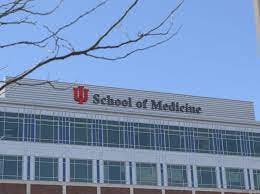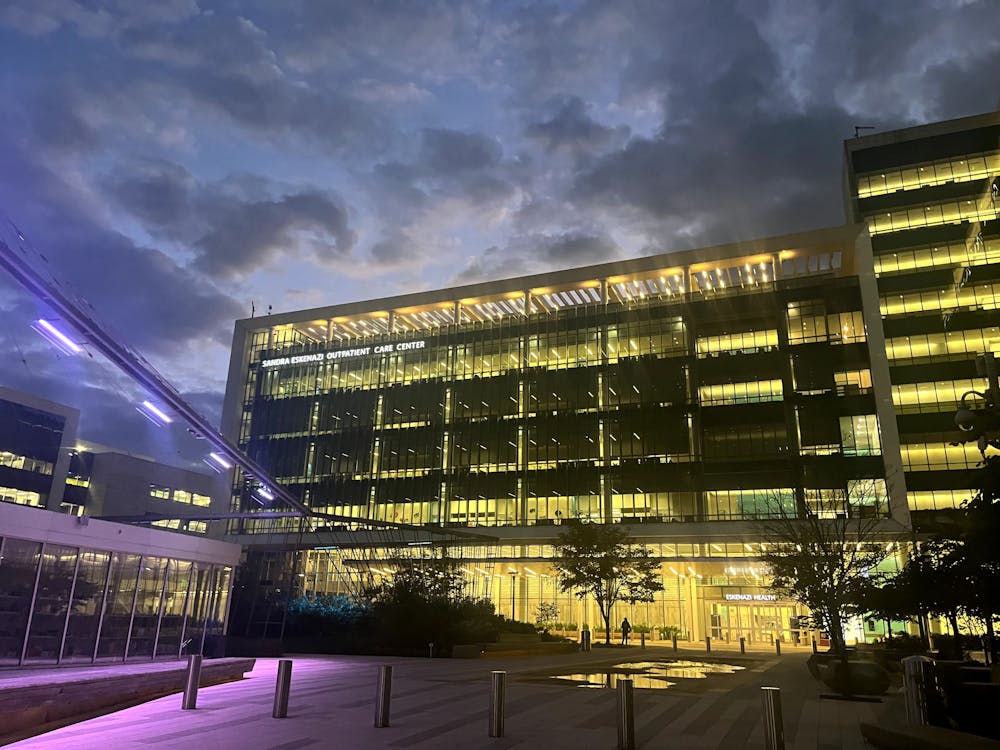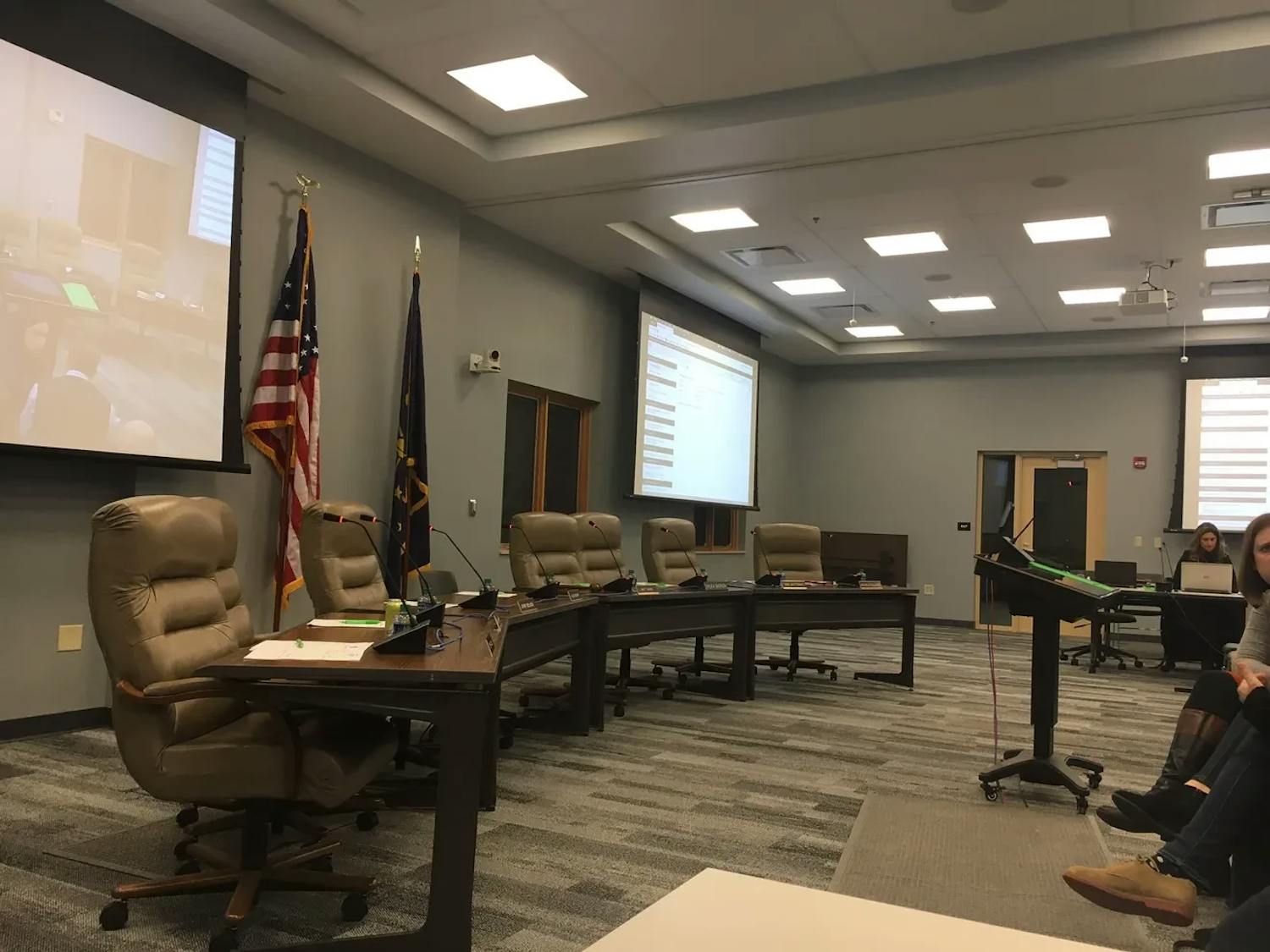The IU School of Medicine (IUSM) recently altered their early admissions policy.
In exchange for higher Medical College Admissions Test (MCAT) scores, higher GPAs and a commitment to attending a particular campus at the IUSM for four years, early applicants used to be guaranteed a spot at the medical school campus of their choice.
For many, this meant security and assurance of having access to the greater opportunities and resources on the Indianapolis flagship campus.
For others, it was a way to make sure they were able to stay close to home.
Overall, it allowed applicants to make sure they were prepared for the many other requirements of living or moving to a new area, such as securing or renewing a lease.
However, as of last spring, “placement at a specific location is not guaranteed.”
High-performing early applicants are now forced to use essentially the same ranking system that regular applicants use. The decision might push students to not pursue early admissions, making them more likely to go to out-of-state schools.

IUSM | Photo Courtesy of IBJ
There are nine total IUSM campuses in the state: Gary, South Bend, Muncie, Terre Haute, Indianapolis, Bloomington, Fort Wayne, Evansville and West Lafayette.
So a student with ties to Indianapolis or Gary has no guarantee that they will not end up in Evansville, on the far end of the state.
The system is based on “campus availability,” and comes after a series of decisions including the creation of “scholarly concentrations,” which are similar to first-year medical student majors, one of the aims of which seems to have been to increase enrollment at the IU School of Medicine regional campuses and tailor their curriculum to the needs of the surrounding community. In a state like Indiana, with rural health disparities, they play an important role.
For example, last year there were 843 medical students in Indianapolis, while there were 57 in West Lafayette.
However, it is unfair to lay the burden of this transition at the feet of medical students, who are already forced to take on a large amount of debt, pass over numerous obstacles to obtain their undergraduate degree and to simply get accepted into medical school.
Creating more incentives like scholarly concentrations to enroll at these smaller, regional campuses is a much better alternative to restricting the choices of high-performing applicants.
Allowing students to create long-term ties to an area of their choice might also make them more likely to remain post-graduation, although it is interesting that residency locations in Indiana appear to be so lacking for certain specialties that despite IUSM being the largest medical school in the nation, a majority of students at every campus seek out-of-state residencies. Therefore, if the aim is to address rural health disparities, it makes little sense to encourage students to go to these regional campuses until some of these issues are fixed and more investment is given to these regional residency programs.
The inefficiency of the healthcare and medical education system in Indiana, which is largely controlled by a few major organizations including Indiana University and IU Health, makes it unlikely they will change course unless students make a concerted effort to oppose these changes. The lack of competition means there is little incentive to improve or offer students more choice, because IUSM is the only school that can offer Indiana students in-state tuition.
Giving potential medical students a little bit of control over their future would go a long way to resolve the healthcare professional shortage in Indiana, as the state cannot afford to lose more high-quality medical school applicants, although there is much more to be done.
Jacob Stewart is a junior at IUPUI majoring in neuroscience on pre-med track. He is also the campus editor of The Campus Citizen.





